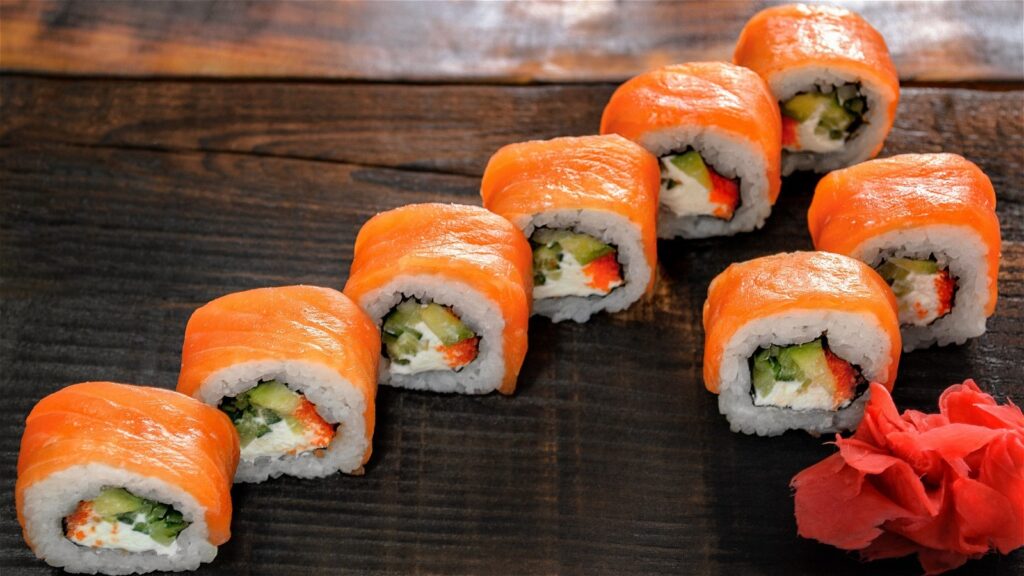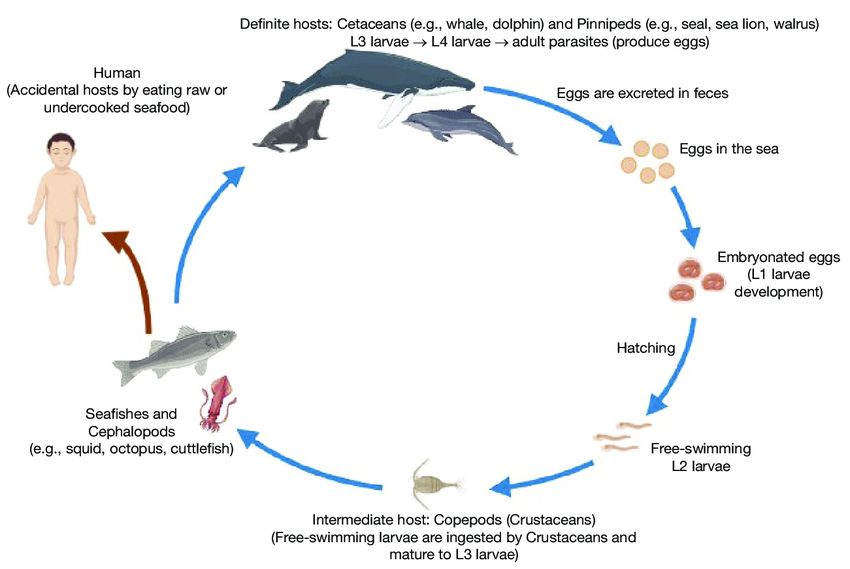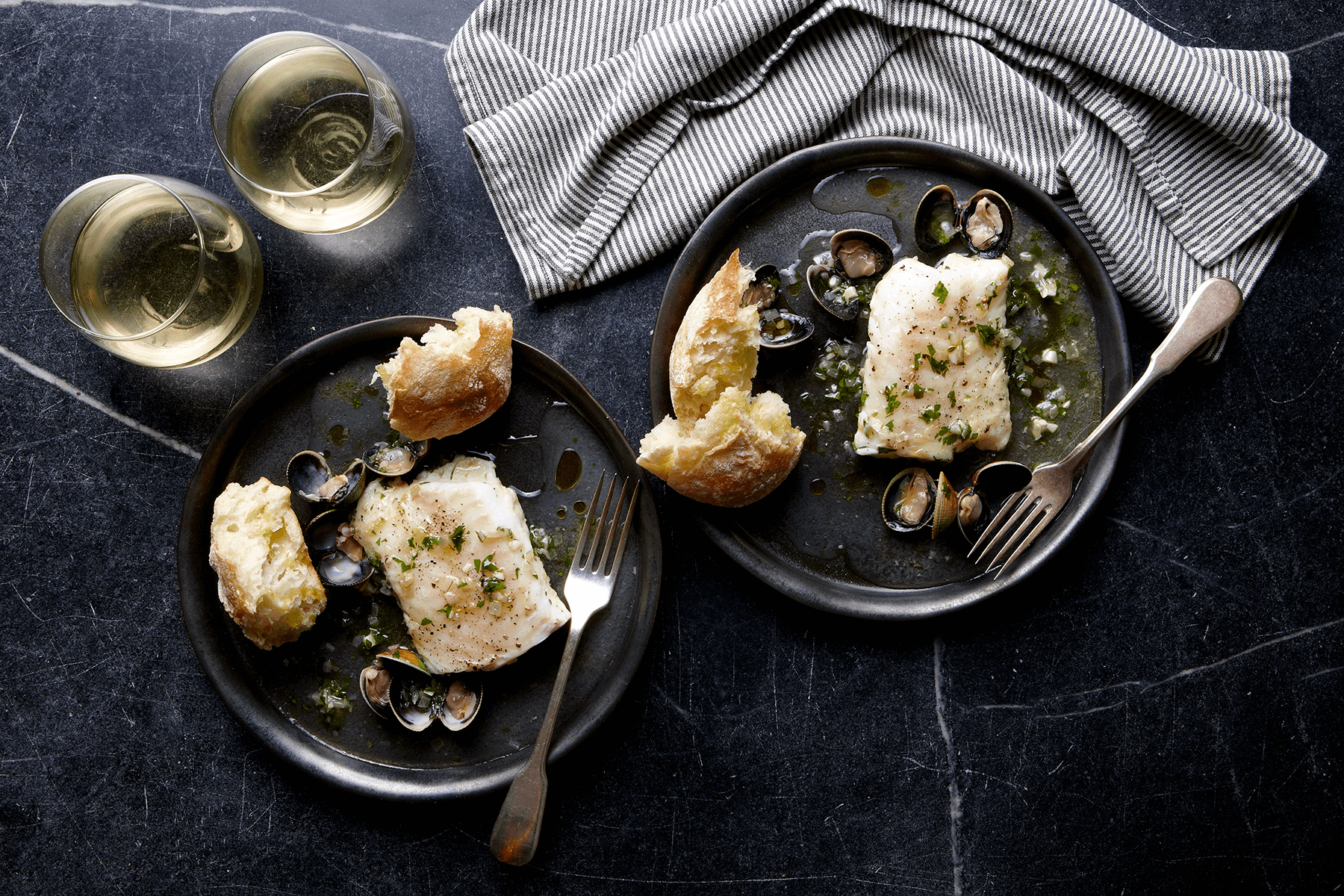
Salmon, with its vibrant hue and rich flavor, is a versatile fish enjoyed in various culinary traditions worldwide. While commonly cooked, the idea of consuming salmon in its raw form may raise questions about safety and taste. In this article, we will delve into the topic of whether salmon can be eaten raw, exploring the potential health benefits, considerations, and offering insights into safe consumption practices.
The Appeal of Raw Salmon
Raw salmon has gained popularity, particularly in Japanese cuisine, where it is a key ingredient in sushi and sashimi. The allure lies in its delicate texture, buttery mouthfeel, and distinct flavor. When prepared thoughtfully, raw salmon offers a fresh and vibrant dining experience that showcases the natural beauty of the fish.
Health Considerations
One primary concern when consuming raw seafood, including salmon, is the risk of foodborne illnesses. Raw fish can potentially harbor bacteria, parasites, or viruses that may cause digestive issues or other health complications. However, it is important to note that not all salmon is suitable for raw consumption.
Sourcing Sushi-Grade Salmon
To safely enjoy raw salmon, it is crucial to source sushi-grade fish. These type of salmon are handled and processed specifically for raw consumption, adhering to strict quality control standards. Reputable suppliers and fish markets follow rigorous protocols to ensure freshness and safe handling, mitigating the risks associated with raw seafood. When purchasing salmon for raw consumption, seek advice from trusted sources and look for labels indicating sushi-grade or ask knowledgeable fishmongers for their recommendations.
Safe Handling and Preparation
When preparing raw salmon at home, it is essential to follow proper food safety practices. Start by purchasing fresh, high-quality salmon from reputable sources. Keep the fish refrigerated at temperatures below 40°F (4°C) and consume it within a short period after purchase. Thoroughly wash hands, utensils, and cutting surfaces before handling the fish to minimize the risk of cross-contamination. Using clean, sharp knives for precise cuts helps maintain the salmon’s texture and prevents tearing.
One of the parasites commonly found in salmon is called the “Anisakis simplex” nematode. This parasite belongs to a group of worms known as roundworms and can infect various marine species, including salmon. The Anisakis simplex nematode is typically found in the muscles or internal organs of the fish.
Consuming raw or undercooked salmon that contains the Anisakis parasite may lead to a condition known as anisakiasis. Symptoms of anisakiasis can include abdominal pain, nausea, vomiting, diarrhea, and allergic reactions. In most cases, the symptoms are mild and resolve on their own, but severe cases may require medical attention.

Expanding Raw Salmon Horizons
In addition to sushi and sashimi, there is a wide array of delectable options to savor this fish. Tartare, ceviche, and poke bowls are among the popular preparations that showcase the fish’s freshness while providing a delightful blend of flavors and textures.
These dishes artfully combine raw salmon with complementary ingredients such as zesty citrus, aromatic herbs, and tantalizing spices, elevating the overall taste experience. Whether you prefer the elegant presentation of tartare, the vibrant flavors of ceviche, or the satisfying combination of ingredients in poke bowls, exploring these alternative preparations allows you to fully appreciate the raw beauty and versatility of this fish.
Consulting Experts
If you are uncertain about the safety or preparation of raw salmon, it is advisable to consult with professionals, such as experienced chefs or seafood experts. When it comes to the safety and preparation of raw fish, particularly the type commonly used in raw dishes, it is highly advisable to seek guidance from professionals who specialize in seafood and culinary arts.
Experienced chefs and seafood experts can offer valuable insight and expertise to help you make informed decisions about consuming raw fish. Their knowledge extends to selecting the right fish, understanding proper handling techniques, and ensuring optimal freshness and quality. By consulting these professionals, you can enhance your understanding of raw fish preparation and safety measures, enabling you to enjoy raw seafood dishes with confidence.
Conclusion:
Raw salmon can indeed be consumed, but it is crucial to prioritize safety and choose sushi-grade fish from reputable sources. When handled and prepared correctly, raw salmon dishes offer a unique and delightful culinary experience. Always follow proper food safety practices, seek advice from trusted experts, and enjoy the natural beauty and flavors of raw salmon with confidence.

Seafood Society by M&C Asia has earned its reputation by directly supplying the freshest seafood from the dock to the kitchen. We work closely with small fishmongers who carefully select the best catches from daily arrivals.
This close collaboration allows us to easily track the handling and origins of our seafood right from the source. Furthermore, our company actively maintains certification under the Chain of Custody (CoC) by the Marine Stewardship Council for both wild (MSC) and farmed (ASC) species.






 No products in the cart.
No products in the cart. 
